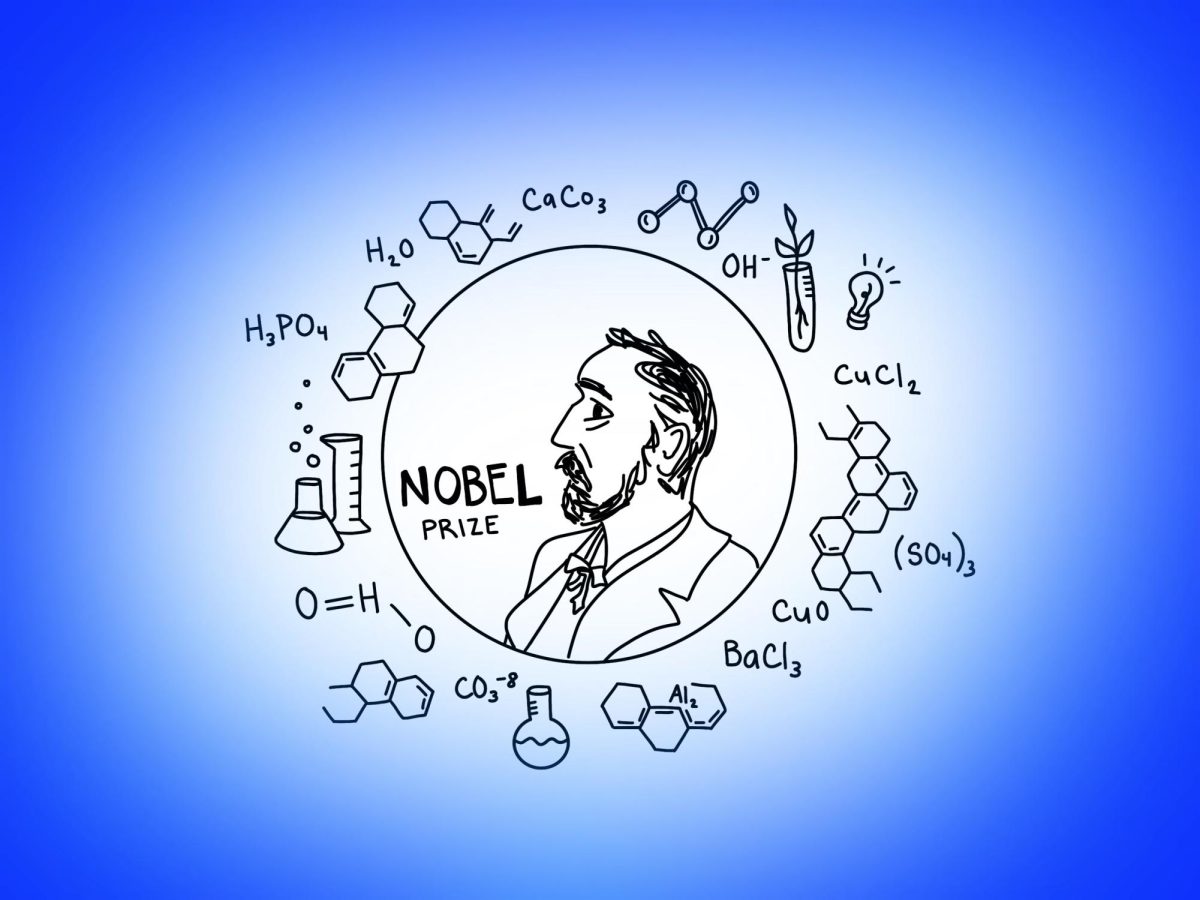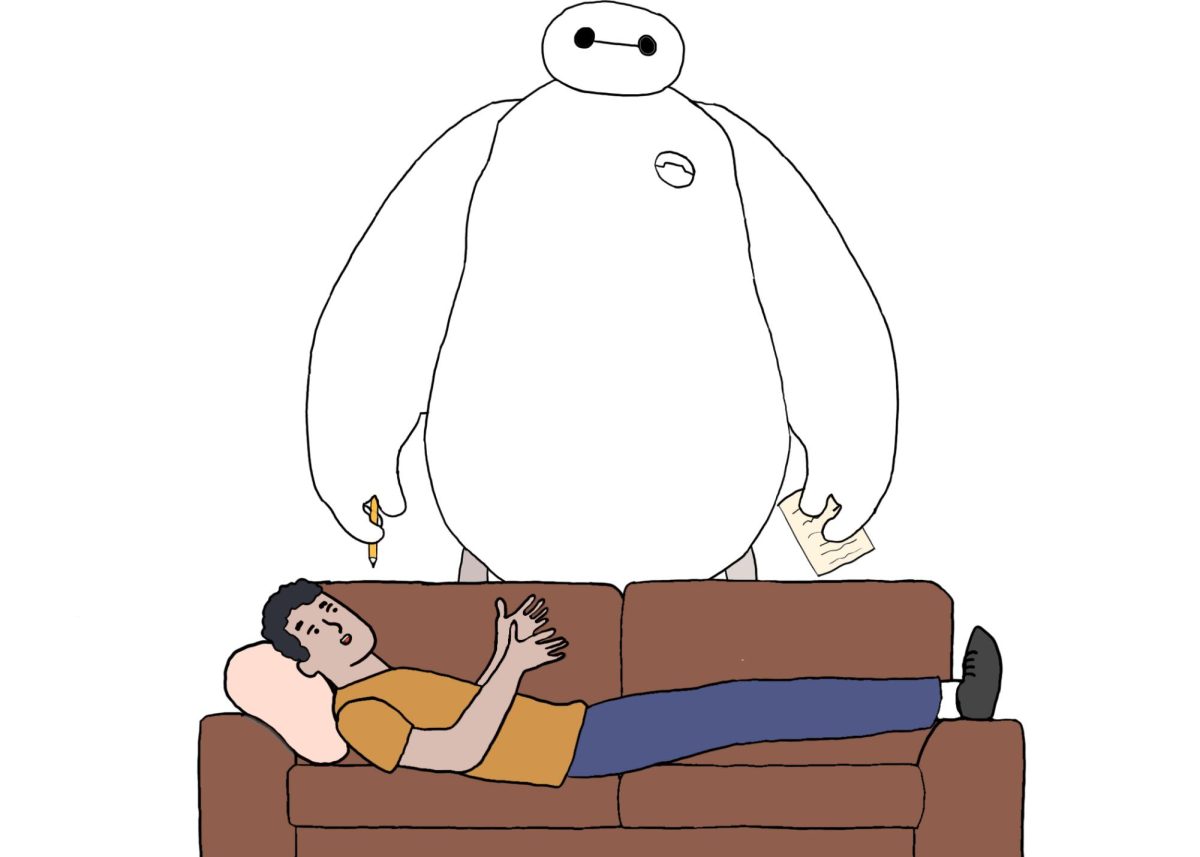On October 14, five University of California-affiliated professors were awarded Nobel prizes in medicine, physics, chemistry, and economics, adding to the previous 66 earned by UC affiliates since the Prize’s inception in 1901. Notably, UC Berkeley biochemist David Baker, PhD, was awarded the prize for his work on Computational Protein Design, which allows scientists to utilize artificial intelligence for biological research.
One of three AI-based awards this year, Baker’s self-designed Rosetta program allows researchers to manipulate the twenty common amino acid “building blocks” to design new proteins with a wide array of uses: pharmaceuticals, vaccines, nanomaterials, and more.
“Building new proteins has been a dream of scientists…the problem that David Baker solved…now enable scientists to design spectacular new proteins with entirely novel shapes and functions, opening endless possibilities for the greatest benefit to humankind,” said Hiener Hinke, Chair of the Nobel Committee in Chemistry.
Baker’s discovery would not work without the second half of this year’s Nobel Prize: Demis Hassabis and John Jumper’s AlphaFold AI, produced with London’s Google DeepMind. AlphaFold predicts the 3D structure of any protein from its amino sequence. This is significant because, for any protein, there is an “astronomical quantity of folding configurations, and trying them all at random could take longer than the entire age of the universe, yet proteins fold reliably into their shapes in less than a second,” according to a video produced by Quanta Magazine.
Knowing the 3D shape of a protein’s structure allows scientists to determine how they function and could lead to discovering cures for diseases related to misfolded structures, such as sickle cell anemia or Alzheimer’s. Prior to new technologies in the early- to mid-1900s, discovering the folds and shapes of protein structures could take years of research. Nowadays, following the rapid growth of the computational field in the late 90s, protein structures can be recorded and categorized in months or days. With the advent of deep learning in the late 2010s, researchers have turned to AI learning models to see if they can predict protein folding.
However, after training DeepMind’s AlphaFold on 136,000 protein structures recorded in the Protein Data Bank, the program initially did not fare well in tests, via the annual CASP (Critical Assessment of protein Structure Prediction) competition. CASP asks participants to reconstruct newly discovered and unpublished proteins based on their amino acid sequences, which are then scored based on accuracy. After reworking their algorithm, AlphaFold 2 was put to the test at CASP14 during the pandemic, where it made waves for achieving high levels of accuracy over multiple types of protein chains.
Currently, Baker has set his goals on synthesizing new proteins for three general areas: medicine, energy and general sustainability, and new technologies. These new technologies have transformed many aspects of biology, such as pharmaceuticals, energy capture, and toxic waste decomposition. However, scientists are not finished yet. AI’s applications are limited because proteins do not work in isolation, and the mystery of how they communicate with the cell has yet to be answered—for now.





































































